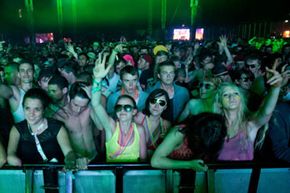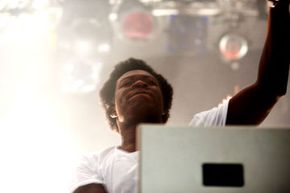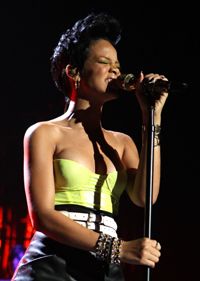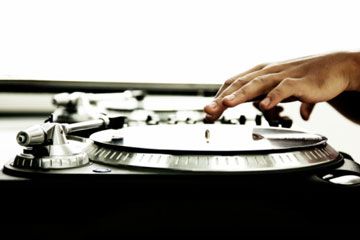You step onto the dance floor, and the first thing you notice about the music is not only the shuffling tempo and the dark, minor-key feeling -- you can actually feel the music. The low end of the track is so bass-heavy, so consistently rumbling, that your body seems like it's vibrating. This isn't just your typical club experience -- this is dubstep.
Dubstep is a subcategory of electronic dance music, or EDM, an umbrella term for music made with computers and intended to be broadcast over nightclub sound systems. A lot of the music we listen to can play easily in many different types of environments, whether it's on a car stereo, an MP3 player or even tinny computer speakers. Dubstep, however, isn't a genre of music meant to emanate from iPod earbuds. Although lots of artists making dubstep music, including Skream, Kevin Martin and Burial, put out CDs and MP3s that you can listen to on a home stereo system, purists will tell you that the places to go hear and experience dubstep are at clubs and festivals -- spaces in which the speakers are configured specially for lots of low, seemingly never-ending bass notes.
Advertisement
The electronic music landscape is riddled with sub-genres, and while the uninitiated might not be able to tell dubstep apart from the rest of the EDM spectrum, its sound is marked by a few distinguishing traits. The genre was once limited to London nightclubs, the offspring of electronic music aficionados experimenting with pulsing basslines and stark, spare soundscapes. Today, the genre is the darling of record producers looking to infuse new sounds into hit singles and remixes, and its influence has spread to artists as diverse as Britney Spears, Snoop Dogg and Radiohead.
So, how do can you tell dubstep from other types of electronic music? What does it mean to "wobble," anyway?
Advertisement





